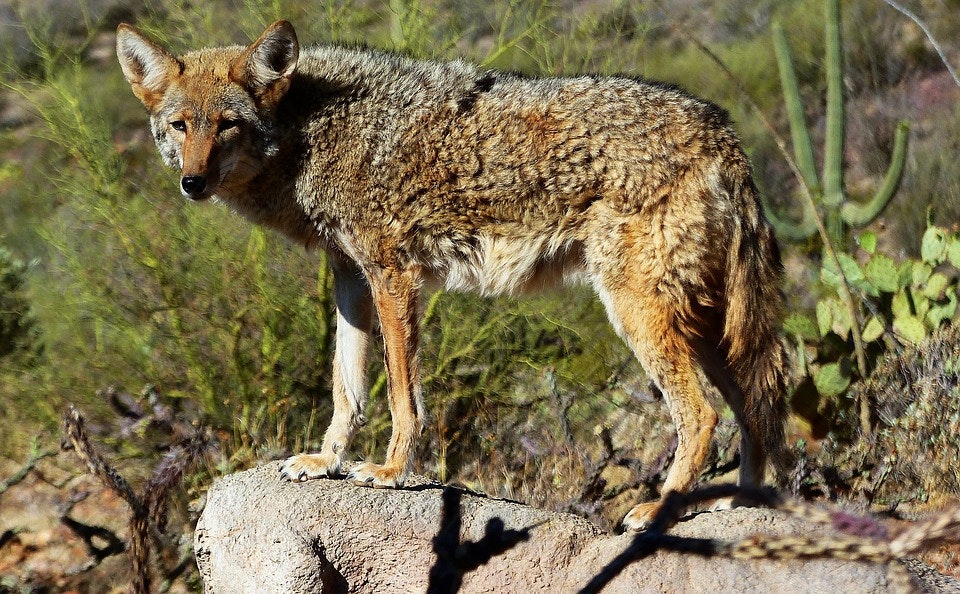Species Management

Distribution of wildlife is determined by the distribution and variety of vegetative communities, water, and available food. Urban growth within the District has put pressure on remaining areas suitable for wildlife. Direct loss of habitat, the diversion of streams for municipal water supplies, increased effluent discharge, and intensified recreational use of open space has adverse impacts on wildlife populations.
Here are some of the ways the RCRCD works to protect native species (per Divison 9 of the California Public Resources Code Article 1 Policy 9001 Section B Article 3 & 4):
- Provide BMP information and assistance to land users to assist with habitat management.
- Promote exotic, invasive species control and removal from landscaping.
- Propagate and release Southern California native fish, aquatic reptiles, and amphibians, as funding becomes available.
- Develop the “Greenbelt” research facility with fish raceways plus indoor/ outdoor tank storage for quarantine, and short term fish and amphibian care
- Create appropriate habitats at RCRCD facilities to support native wildlife.
- Install nest boxes and watering facilities in RCRCD habitat areas as needed.
- Install wildlife cameras at RCRCD facilities, corridor crossings and select nest boxes to monitor local wildlife.





